 |
| Continued excavations will deepen understanding of the disparities in the accumulation of goods or influence in Maya society. (Source: Global Look Press) |
According to research published in the journal Science Advances , the 3,000-year-old site of Aguada Fénix has been identified as a cosmological map, demonstrating the Maya's understanding of the universe.
In 2020, archaeologists discovered a giant cross-shaped hole under the jungle. This is just one of many cross-shaped holes connected by canals. The total volume of these holes exceeds 3.8 million cubic meters, 1.5 times larger than the Great Pyramid of Giza, equivalent to more than 1,500 Olympic swimming pools.
Researchers from the University of Arizona used laser technology to detect the Aguada Fénix site from the air. The colored pigments found in the pits corresponded to the four cardinal directions: blue azurite for north, yellow ochre for south, green malachite for east, and pearl-colored shell for west.
“The crosses and color-coded symbols in architecture embody concepts of how the Earth's plane is organized, governed by the cardinal directions,” shares Dr. James A. Doyle.
The study suggests that the structure was built by a non-hierarchical community, with no evidence of a central ruling class. Given the large scale of the buildings, at least 1,000 people would have needed to excavate the bedrock to construct this cosmographic map.
Archaeologists believe that these people were not forced, but were part of an egalitarian culture that created space for many people to participate in astronomical observations and share knowledge of the calendar.
Besides the color pigments, many jade sculptures reflect natural experiences, mainly animal carvings.
Dr Doyle said continued excavations would deepen understanding of differences in commodity accumulation or influence within Maya society.
Source: https://baoquocte.vn/kham-pha-ban-do-vu-tru-co-dai-tai-di-chi-maya-aguada-fenix-335194.html








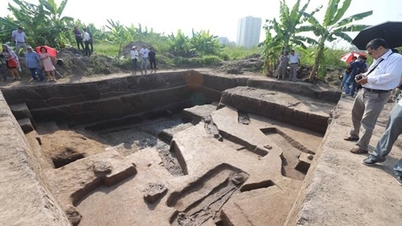



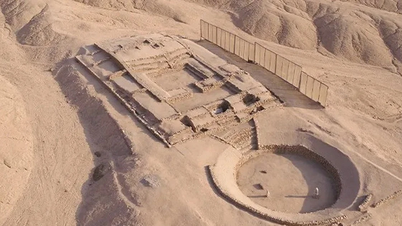



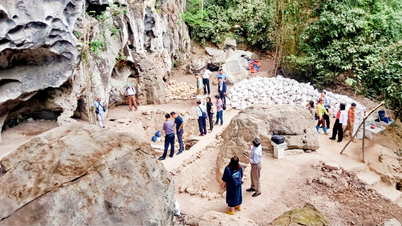
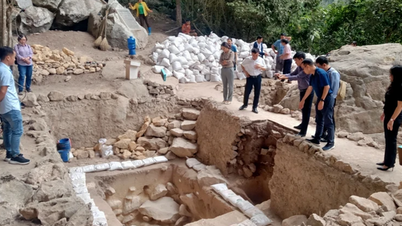







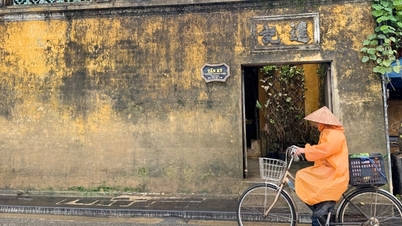















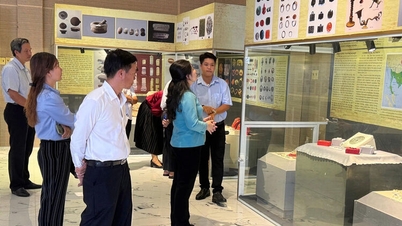



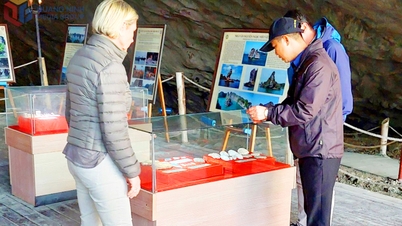











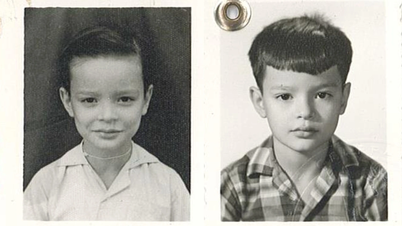

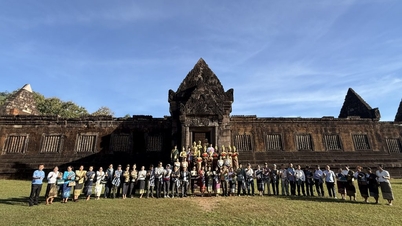


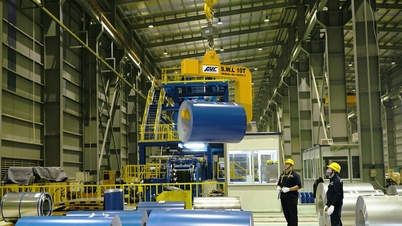



































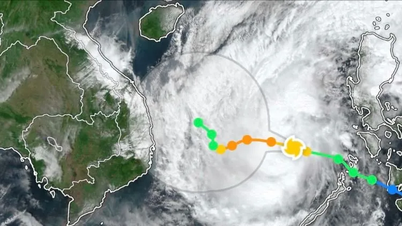
















Comment (0)